This is what God is like. The Angel had said to the shepherds: “This will be a sign for you: you will find a babe wrapped in swaddling clothes and lying in a manger” (Lk 2:12; cf. 2:16). God’s sign, the sign given to the shepherds and to us, is not an astonishing miracle. God’s sign is his humility. God’s sign is that he makes himself small; he becomes a child; he lets us touch him and he asks for our love.
— Pope Benedict XVI, Christmas sermon 2009
A very merry and blessed Christmas to all our readers!







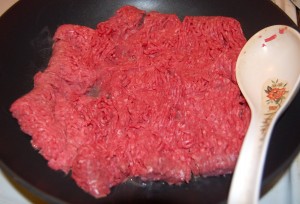
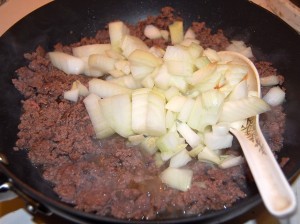
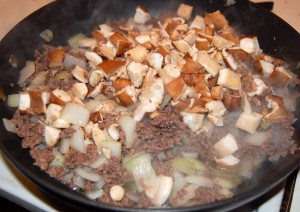
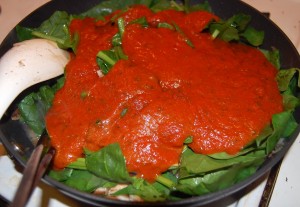

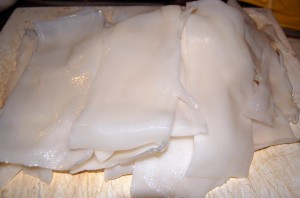
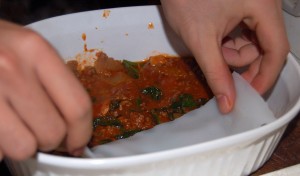
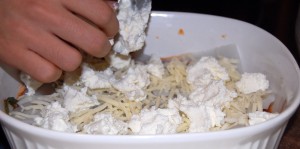

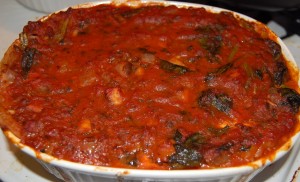




Recent Comments